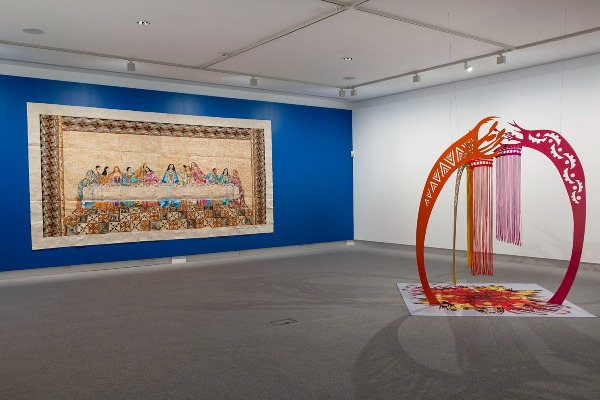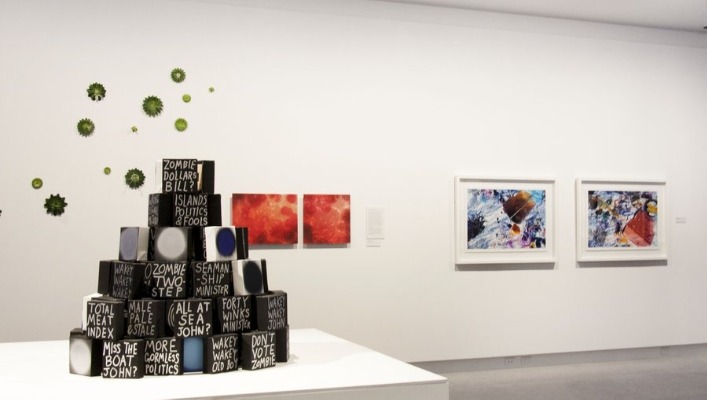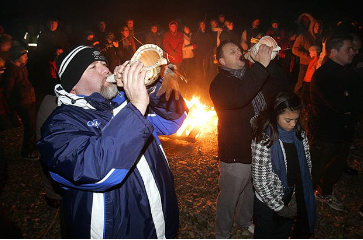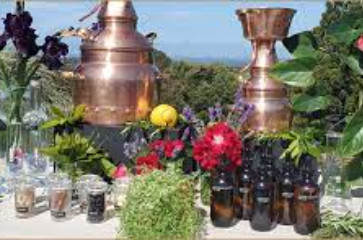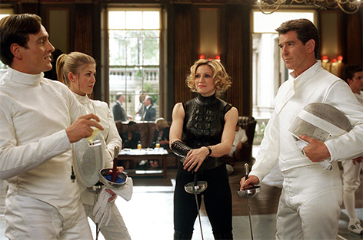A hub of creative and diverse activity
The gallery maintains a full programme of exhibitions throughout the year that promote and exemplify the works of local and national artists for the public. Exhibitions range from solo to group compositions and are sourced through the gallery collection, the artists, and other institutions. An assemblage of 702 works in its permanent collection with an additional 2000 plus works on long term loan.
At the centre of the collection is the work of award winning children’s book author and illustrator David Elliot. The AAG supports the promotion of children’s literature in New Zealand as an integral part of educating and inspiring our youth and it extends this promotion through the exhibition of its Elliot Collection. The gallery extends its exhibition programme through a diverse range of events and activities that are designed to enrich your experience of visual discovery. Public programmes range from workshops to artist talks and include guided tours and film screenings.

